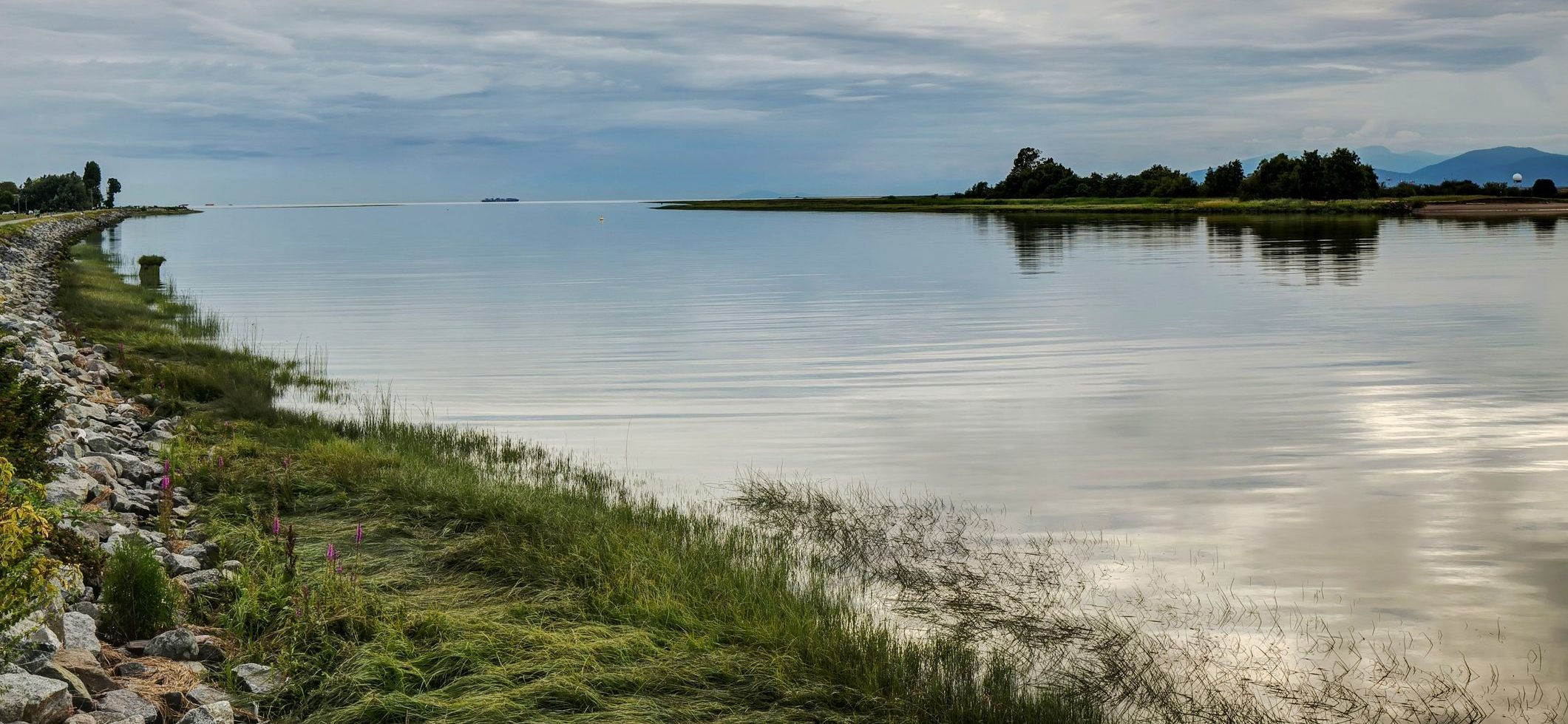WWF-Canada’s 2020 Watershed Reports raise questions about how freshwater ecosystems are faring in response to threats from human activities. The results underline a need for consistent water monitoring across the country to identify those watersheds that need urgent conservation action.
“In the face of increasing pressures from climate change and biodiversity loss, we must be more ambitious in protecting and conserving freshwater in the next decade,” said Elizabeth Hendriks, vice president of restoration and regeneration at WWF-Canada. “We all have a role in shaping freshwater conservation for the 21st century by building water-resilient communities, bringing water data to decision-makers, and creating a culture of water stewardship across the country.”
Canada’s rivers and lakes are divided into 167 sub-watersheds. According to the report by WWF Canada, 100 (or 60 per cent) of those rivers and lakes are data deficient for key health indicators such as water quality, flow, fish, and benthic invertebrates (bugs). While this lack of data on freshwater health is dire, there is also good news in this report: of the remaining 67 sub-watersheds that have enough data to be evaluated, 43 (or 64 per cent) were found to be in good or very good health.
“WWF-Canada has been a leader in freshwater conservation for over a decade,” said Megan Leslie, president and CEO of WWF-Canada. “With this report, we can make sure we’re prioritizing restoration actions in regions that face the highest threats and continue protection of regions that are in good health, making sure we keep them that way into the future.”
Sub-watersheds of concern in the 2020 report include:
- The Upper St. Lawrence sub-watershed, which was previously data deficient but is now considered in very poor health due to a very poor benthic invertebrate score. Benthic invertebrate communities are crucial to determining water health in a given area.
- The Northern Québec watershed. It remains data deficient with 10 of its 12 sub-watersheds not receiving a score. This is of concern since the area is home to some of the largest dams in the world and flows in those sub-watersheds have suffered impacts from man-made barriers.
- The Assiniboine-Red watershed, which is now Data Deficient in all four of its sub-watersheds for the benthic invertebrate indicator. This area is dense in agricultural activity—a concern for benthic invertebrate communities due to pesticide runoff and erosion from overworked soil.
While more data was available for the 2020 Watershed Reports, major data deficiencies are still present and of concern. The tendency for sub-watersheds to swing from data sufficient to deficient reveals how quickly data and assessments can become outdated and highlights the crucial need for more strategic and consistent monitoring across the country.
A lack of comprehensive, open-access water data means we can’t fully understand how threats from human activities are impacting freshwater health. This will also make it increasingly difficult to respond and adapt to damages and threats from climate change. These data gaps are especially concerning given they are likely to worsen as many government monitoring programs have had to cancel their 2020 field research due to the pandemic.









